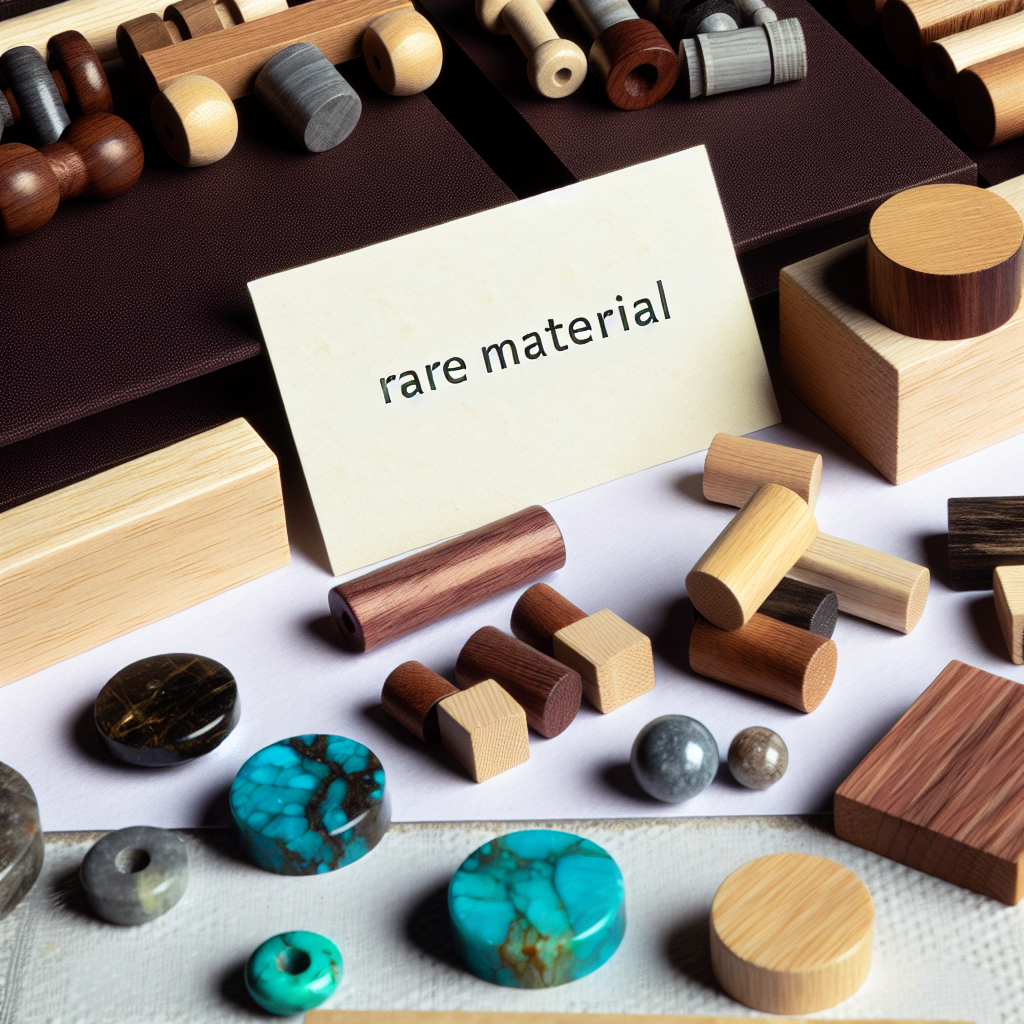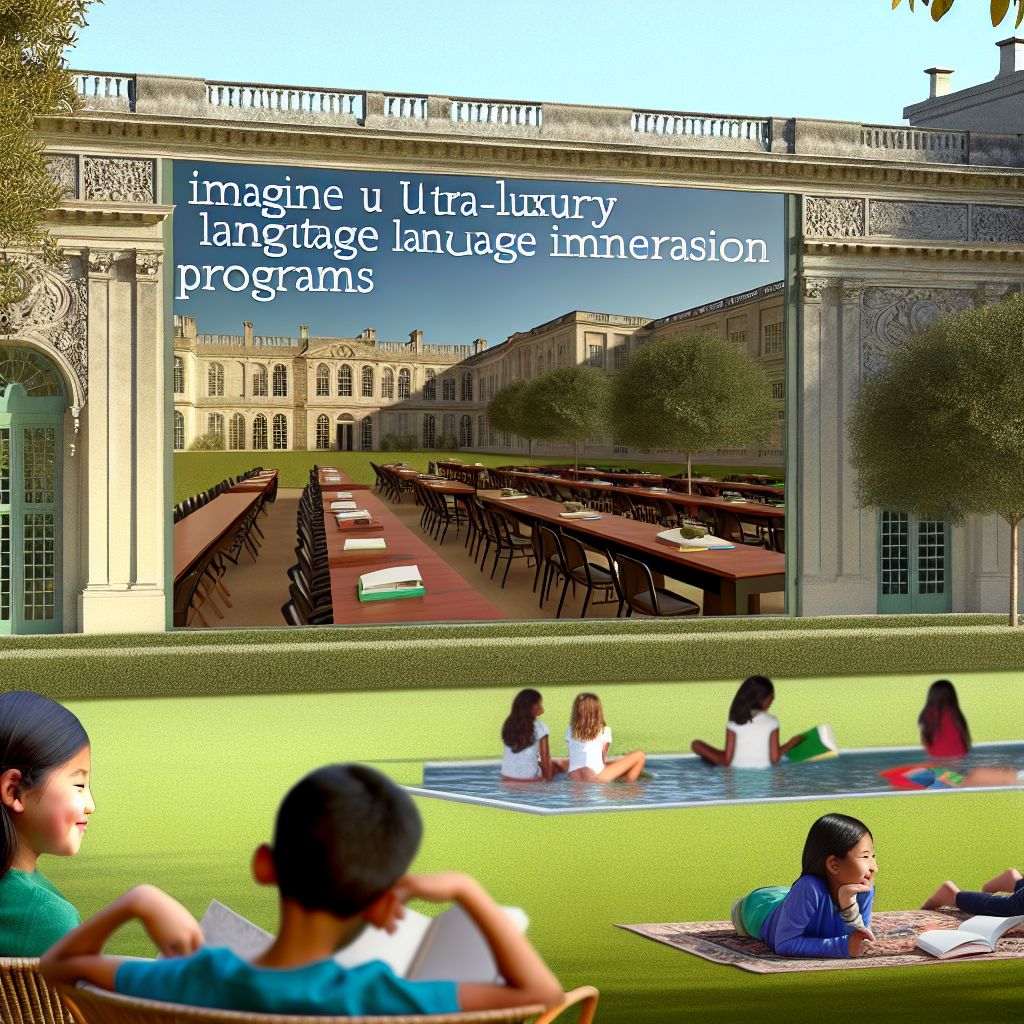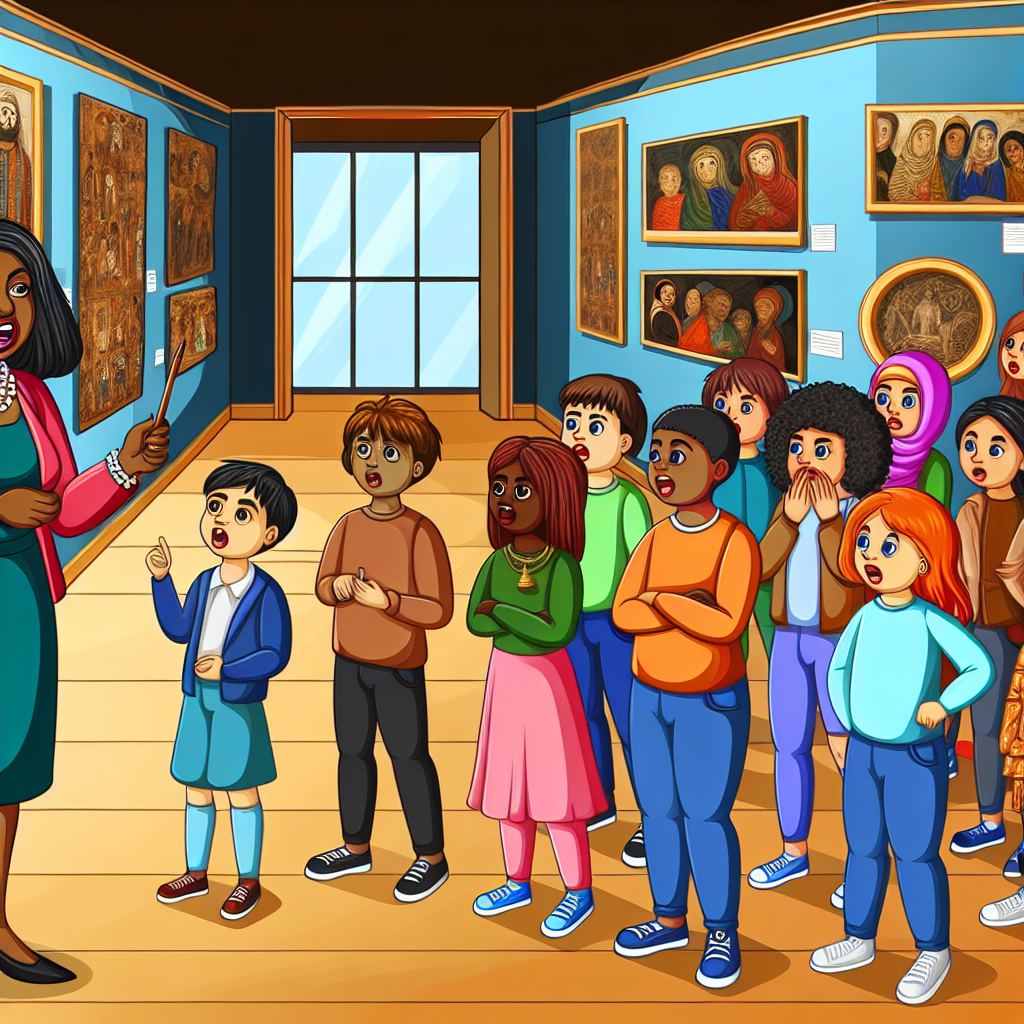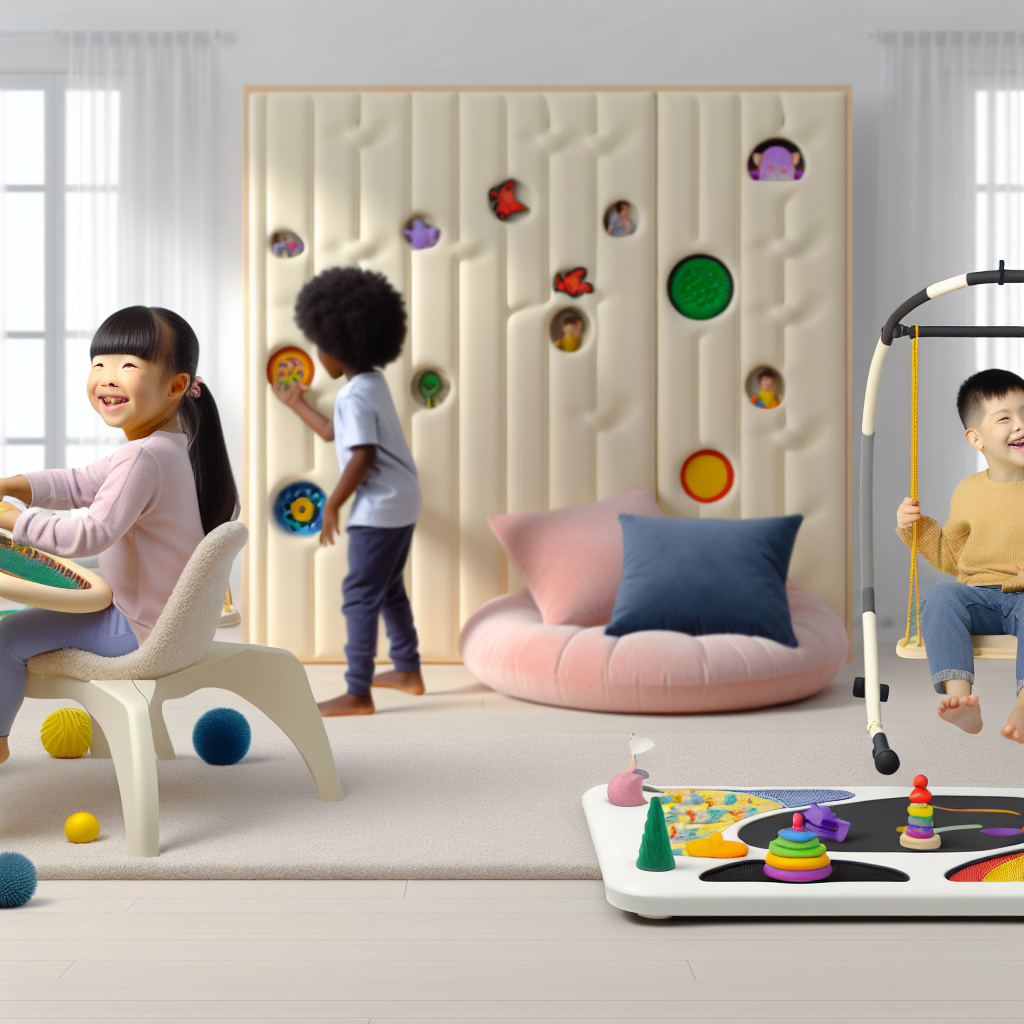Rare Material Building Sets: Why Investment-Grade Play Materials Are Replacing Plastic Toys
Introduction: The Toy Box Revolution Is Here
In an era where sustainability, craftsmanship, and educational enrichment define modern parenting values—especially among affluent families—the traditional plastic toy box is being transformed. Mass-produced plastic playthings are increasingly replaced by rare material building sets, crafted from heirloom-quality woods like walnut, birch, or maple, ethically sourced metals, and eco-certified composites. These aren’t just toys. They are carefully chosen legacy pieces that reflect an intentional lifestyle built on aesthetic sophistication, environmental mindfulness, and holistic learning.
Modern families are seeking out play materials that nurture creativity, stimulate curiosity, and encourage cognitive growth—while resonating with their taste for high design and sustainability. Gone are the days of quick-fix, sensory-overload toys made from petroleum-based materials. In their place: minimalist, hand-finished building blocks forged by generational toymakers or cut with precision manufacturing techniques comparable to museum-grade objects.
These exquisite sets offer more than play—they deliver lasting value. They promote motor skills, spatial reasoning, long attention spans, and even intergenerational bonding as they’re passed down as heirloom-quality toys. Their artisan craftsmanship and limited runs mean they not only retain value but often function as collectible investments.
As we’ve witnessed a shift towards slow fashion and organic food, toys, too, are reflecting broader consumer demands for ethics, quality, and intentionality. Brands such as Areaware, Grimm’s, PlayWood, and bespoke labels like Kiko+ & GG are building a new category—where luxury kids’ toys meet sustainable design. High-net-worth families and cultural tastemakers are putting their backing behind products that model thoughtful consumption for the next generation.
As concerns about inflation, climate change, and material waste grow more urgent, toy choices are beginning to reflect those priorities. Plastic, once symbolic of futuristic convenience, now reads as outdated—while wood, metal, and natural composites signal a refined, intelligent approach to play with purpose.
Why Natural Building Sets Matter: Insights from Research and Child Development Studies
The rising appeal of natural material toys isn’t just aesthetic or environmentally motivated—it’s backed by cognitive and developmental science. Research shows that open-ended, tactile play with well-crafted materials significantly benefits growing minds.
A pivotal 2018 report by the American Academy of Pediatrics (AAP) emphasized the importance of high-quality, simple toys—like building blocks—in supporting skills such as imagination, problem-solving, fine motor control, and executive function. The AAP’s report concluded that the most impactful toys are those that allow children to take the lead in their play rather than react to the toy itself—something rare material sets are especially suited for.
These toys foster skill-building through experimentation and exploration, not instruction. Unlike electronic or battery-operated toys, their simplicity encourages children to engage in self-directed learning—a core component of child-oriented education models like Montessori and Waldorf.
Sensory Impact: The Touch and Feel Advantage of Natural Materials
One of the standout features of premium building sets made from natural materials is their rich sensory engagement. The grain of wood, the weight of metal, the subtle scent of beeswax finish—all contribute to a fuller, more developmentally aligned tactile experience.
A study in the academic journal Infant Behavior and Development demonstrated that varied, textured materials increase neurosensory feedback and improve spatial awareness and fine motor adaptation. Plastic lacks nuance and stimulates little variability in tactile response. In contrast, the uneven but pleasing textures of natural wood promote complex interaction, which is crucial for neural development in early childhood.
These materials also present greater physical resistance, which helps build hand strength and improves coordination. From an early age, children can benefit from subtle sensory cues that enrich not just moments of play, but long-term brain-body connections.
Sustainability Meets Play: The Global Call for Eco-Conscious Toys
As the world turns sharper eyes toward planetary health, the role of eco-friendly toys is becoming more prominent. Toys made from plastic, often featuring packaging that rivals their size, have come under fire for contributing to vast amounts of non-degradable waste.
A 2022 report by the United Nations Environment Programme urged the toy industry to shift toward sustainable materials and circular production models. The report argues that the industry must align with the growing market for environmentally responsible consumer goods.
Affluent and sustainability-conscious parents are leading this charge. Household decisions—particularly those involving children’s development—are increasingly made with attention to product life cycles and environmental ethics. Investing in a renewable, biodegradable toy like a bamboo or hardwood building set isn’t just a symbolic choice; it’s a step toward reducing plastic dependency and modeled stewardship.
Market Growth: Premium Play Is Booming
The trend is not going unnoticed in the toy industry. Data from market analysts such as Euromonitor and Statista indicate that the premium toy market is experiencing a double-digit boom, with growth exceeding 15% in the last year alone.
According to Euromonitor International’s 2023 consumer insights, toys made from natural, toxin-free materials are leading this surge. Many of these products are handcrafted in small batches, adhere to rigorous international safety standards like the EN71 certification, and are produced by firms with strong ethical sourcing practices.
In short, the global toy sector is seeing an upward shift in both consumer spend and product quality expectations, with rare material building sets capturing more market share by the day.
Mindful Play: Opting Out of Overstimulation
Many of today’s plastic and tech-integrated toys function by activating short bursts of pleasure—a design built around dopamine-driven engagement. While eye-catching and entertaining, these toys often shorten attention spans and set unrealistic expectations for reward cycles.
On the other hand, simple, tactile toys made from wood or natural metal provide the opposite. They slow things down, encouraging deeper concentration, prolonged problem-solving, and the cultivation of emotional regulation.
Child psychologist Dr. Susan Linn, author of Consuming Kids: The Hostile Takeover of Childhood, warns about the “commodification of imagination” and the detrimental impacts of commercialized play. Rare material building sets gently push back against this trend, offering a quietly radical alternative that encourages mindfulness, not instant gratification.
Conclusion: Investing in Legacies, Not Just Toys
As awareness around early childhood development, sustainability, and thoughtful parenting grows, rare material building sets are shaping the future of play. They’re replacing the disposable and overstimulating with the enduring and enriching—pieces designed to last not just for one child, but for generations.
From their artisanal craftsmanship to their enriching play value, toys made from premium natural materials offer more than just fun—they deliver meaningful engagement with the world. For parents who value beauty, ethics, intelligence, and legacy, choosing these building sets is more than a gift—it’s an investment in a child’s imagination, education, and future.
Whether you’re decorating a nursery with care or curating a toy box worthy of preservation, selecting investment-grade play materials offers a rare opportunity: to give children tools not only for building towers, but for building lives of creativity and consciousness.
References
- American Academy of Pediatrics (2018). “Selecting Appropriate Toys for Young Children in the Digital Era.”
- Infant Behavior and Development. “Sensory Feedback and Toy Texture: Impacts on Early Childhood Tactile Learning.”
- United Nations Environment Programme. “Sustainable Play: The Case for Reform in the Global Toy Industry.”
- Dr. Susan Linn. Consuming Kids: The Hostile Takeover of Childhood.
- Euromonitor International (2023). “Luxury and Sustainable Toys: A Growing Market Segment.”

Dominic E. is a passionate filmmaker navigating the exciting intersection of art and science. By day, he delves into the complexities of the human body as a full-time medical writer, meticulously translating intricate medical concepts into accessible and engaging narratives. By night, he explores the boundless realm of cinematic storytelling, crafting narratives that evoke emotion and challenge perspectives. Film Student and Full-time Medical Writer for ContentVendor.com




